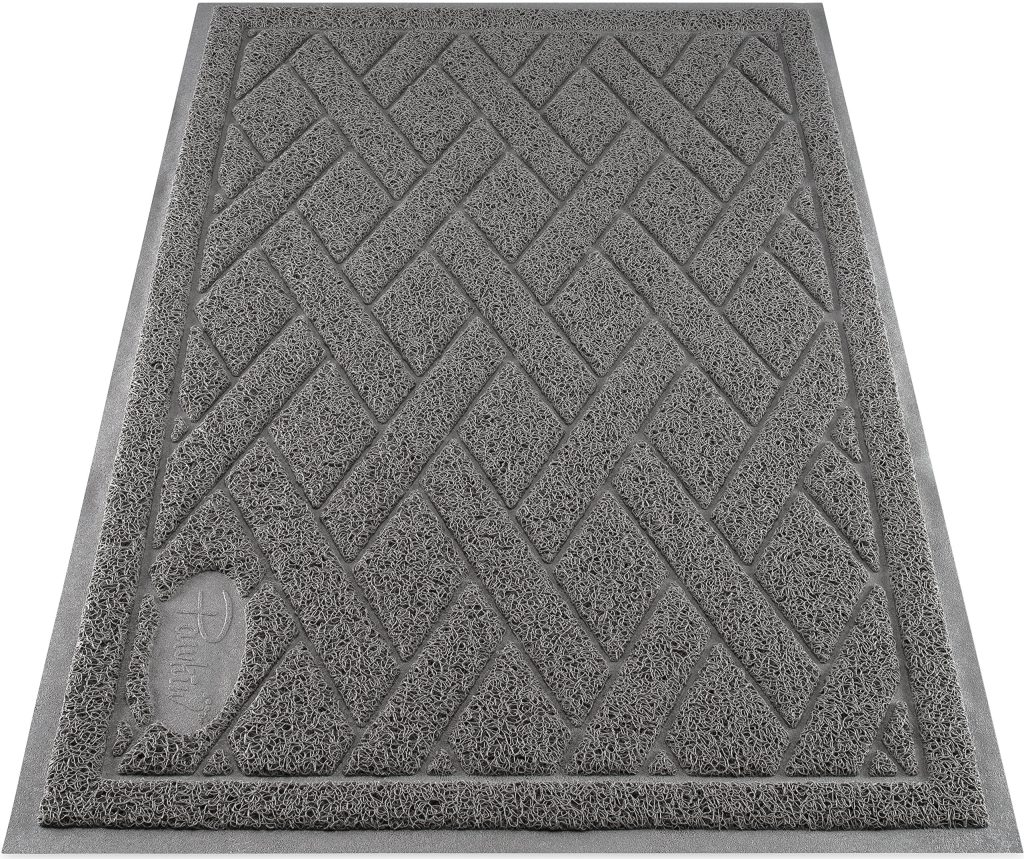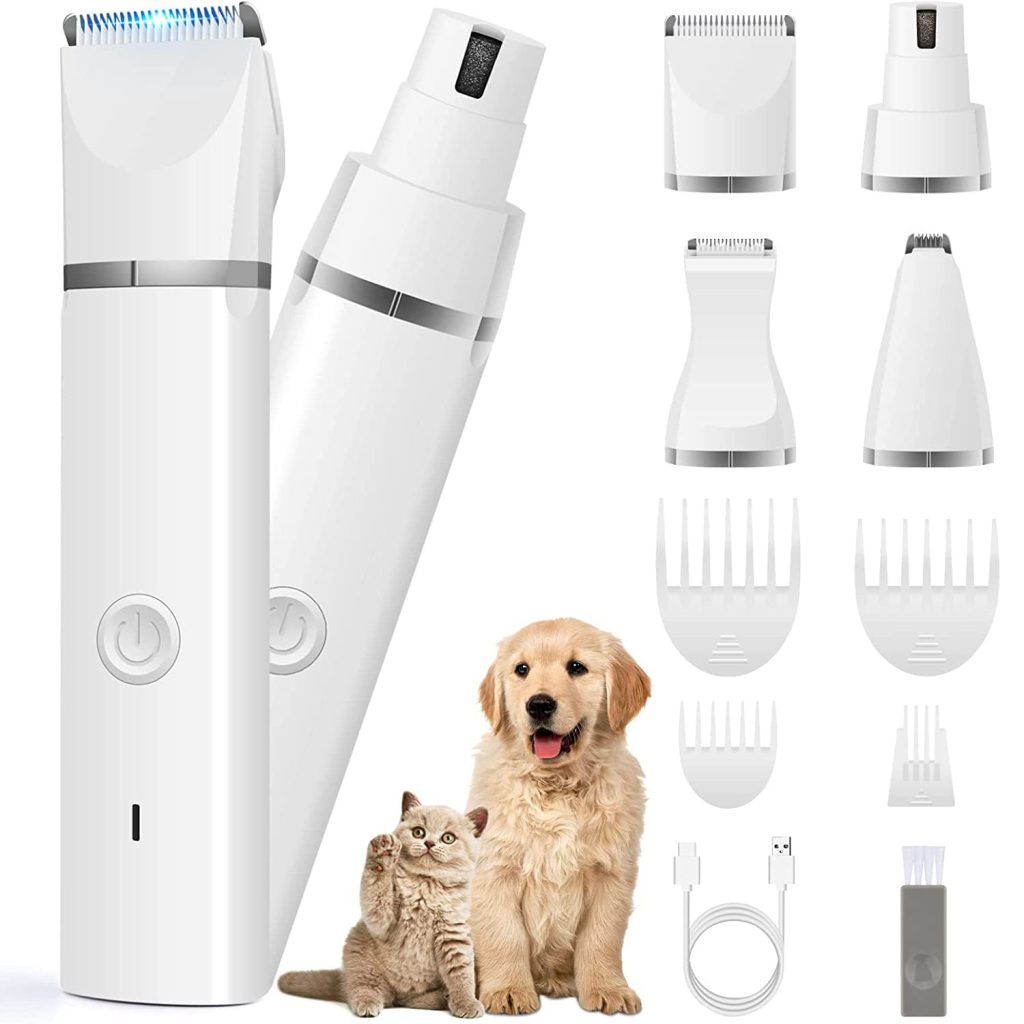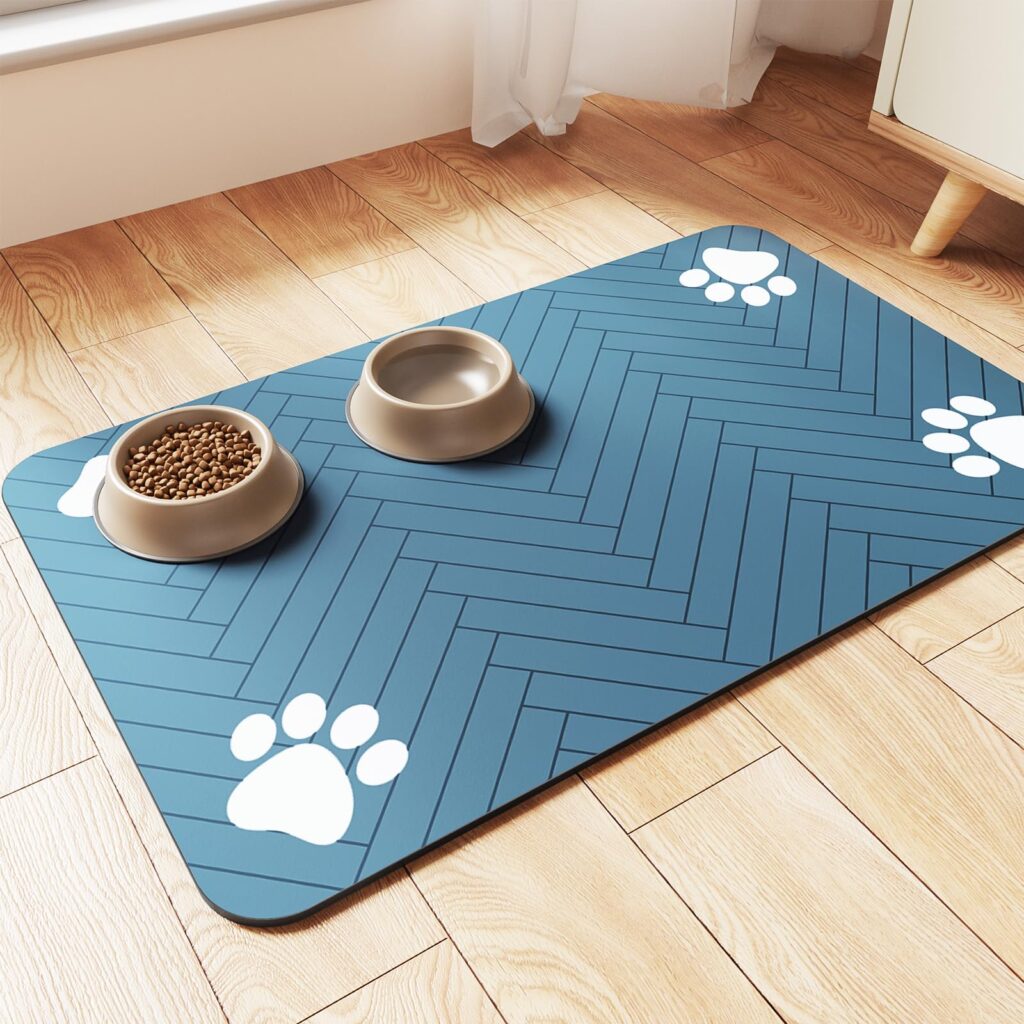
Grooming your cat is an essential part of caring for their overall health and well-being. Regular grooming helps to keep your feline friend’s coat looking beautiful, promotes healthy skin, prevents matting and tangles, and allows you to monitor for any potential skin issues or parasites.
Caring for Your Cat’s Coat in Different Seasons
Just like humans, cats experience different needs based on the changing seasons. From shedding to temperature regulation, here are some essential aspects of feline grooming to think in each season:
Spring:
As the weather warms up, many cats start shedding their winter coats. To help minimize shedding around your home and prevent fur from matting, it’s important to regularly brush your cat. Use a grooming brush suitable for your cat’s coat type, such as a slicker brush or deshedding tool.
During springtime, check your cat’s coat for any signs of fleas or ticks. These parasites can become more active during this season. Consult with your veterinarian about suitable preventive treatments.
Summer:
In warm weather, your cat may appreciate a trim or a shorter haircut to keep them cool. However, do not shave your cat’s fur completely, as their coat protects them from temperature extremes and sunburn.
To make your feline companion more comfortable during hot months, brush them regularly to remove excess hair and prevent matting. Additionally, provide plenty of fresh water and a cool place for them to relax.
Fall:
As fall arrives, cats often shed their summer coats to make room for a thicker winter coat. Brushing your cat frequently during this season will help remove loose hair and prevent matting.
That’s also the time to prepare your cat’s coat for the colder weather. If your cat spends time outdoors, make sure they have access to shelter and always provide a warm and cozy indoor space for them.
Winter:
During winter, it is important to keep your cat warm and dry. If your cat goes outside, consider getting them a sweater or a coat to help protect them from the cold. Ensure their coat is not wet, as damp fur can make your cat more susceptible to chills and illness.
In indoors-only cats, the dry winter air can cause their skin to become dry. To prevent this, keep your home humidified and brush your cat regularly to distribute natural oils and remove any dry skin flakes.
Essential Grooming Techniques:
Proper grooming techniques are essential to keep your cat’s coat in top condition. Here are some tips for effective grooming:
- Brushing: Regular brushing helps remove loose hair, prevents matting, and stimulates blood circulation. Brushing should be done gently and patiently to avoid causing stress or discomfort to your cat. Start brushing your cat from a young age to help them get accustomed to the process.
- Bathing: Cats are generally clean animals and do not require frequent baths. However, if your cat gets into something sticky or smelly, a bath might become necessary. Use a cat-specific shampoo and rinse thoroughly. Remember to keep the bathing experience calm and stress-free for your feline friend.
- Nail Trimming: Regular nail trims are essential for cats. Use specialized cat nail trimmers and be cautious not to trim too close to the quick (the sensitive part within the nail). If you’re uncertain about nail trimming, consult your veterinarian or a professional groomer for assistance.
- Ear Cleaning: Checking and cleaning your cat’s ears is important to prevent ear infections and remove any buildup of dirt or wax. Use a gentle, cat-specific ear cleaner and follow the instructions provided by your veterinarian.
Regular grooming plays a significant role in keeping your cat healthy, comfortable, and looking their best. By understanding the specific needs of your cat’s coat during different seasons, you can effectively groom them to promote their well-being and prevent any potential health issues.
Remember, if you have any concerns or questions regarding your cat’s grooming needs, don’t hesitate to consult your veterinarian for guidance. They will provide you with expert advice tailored to your cat’s specific needs.







